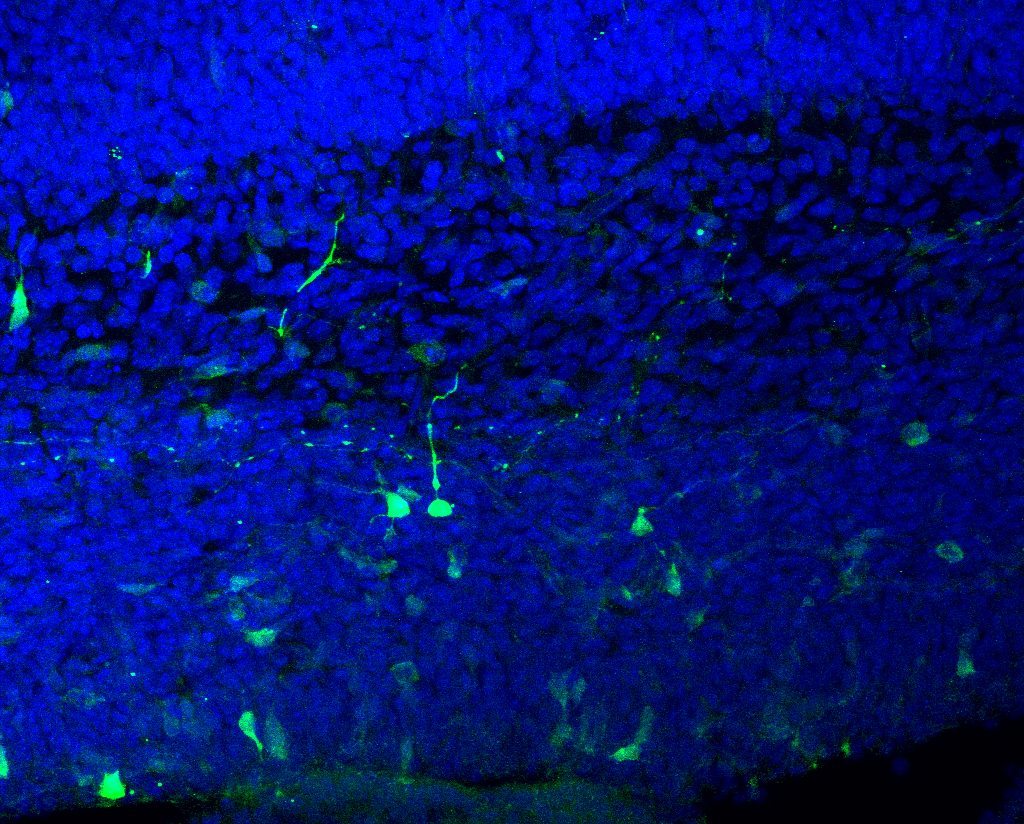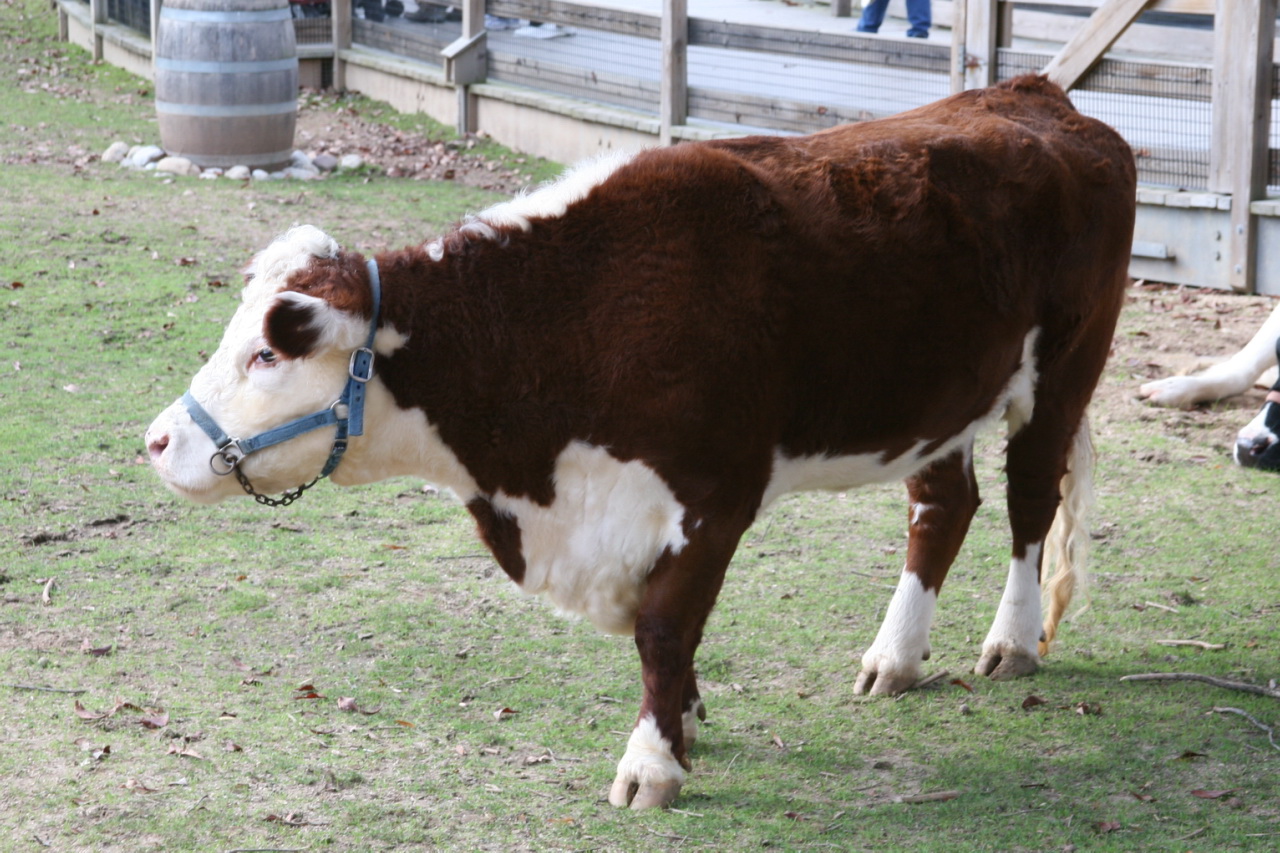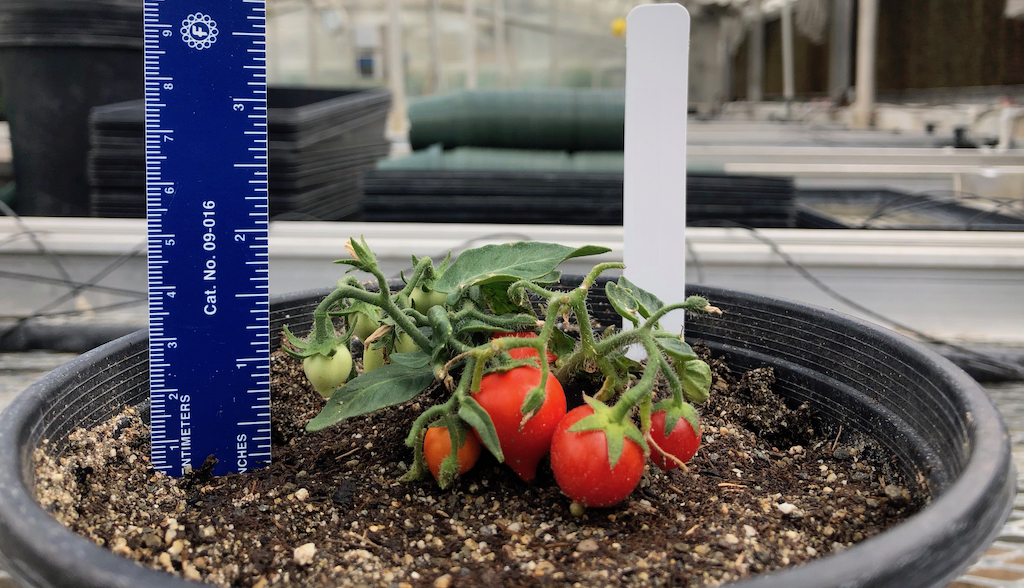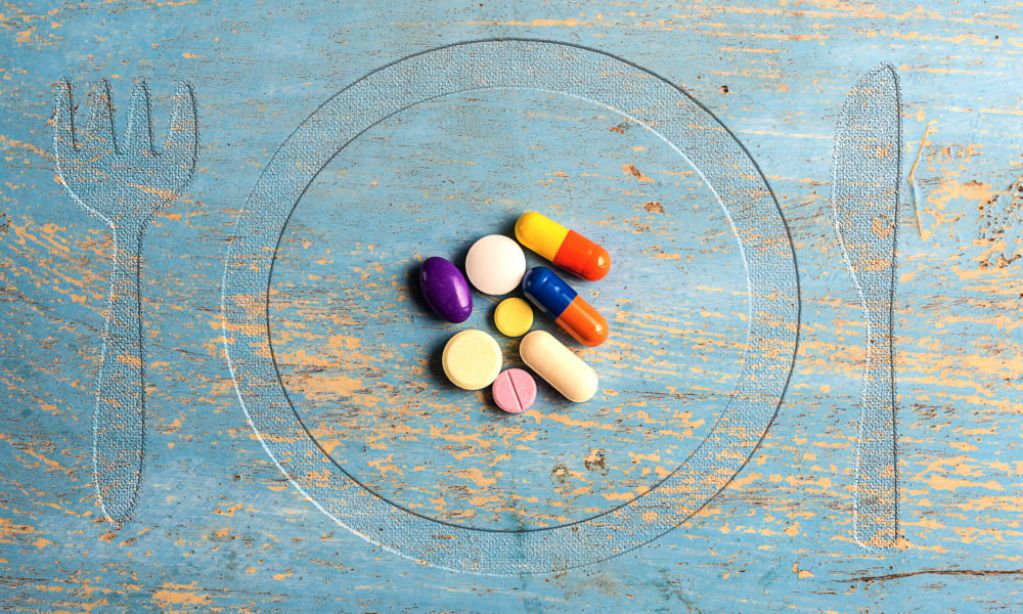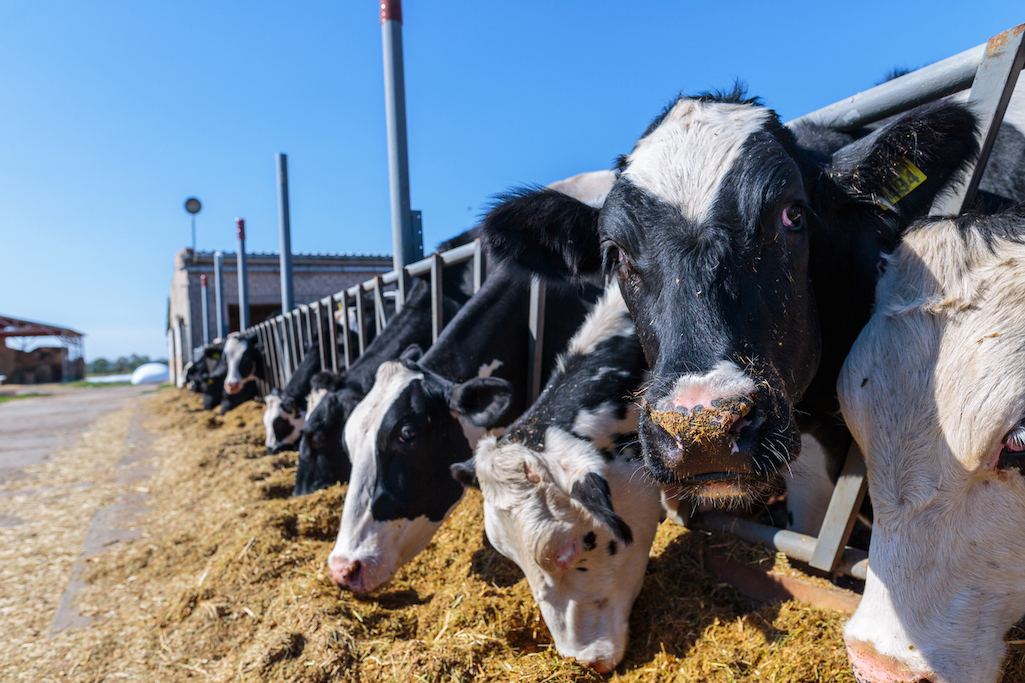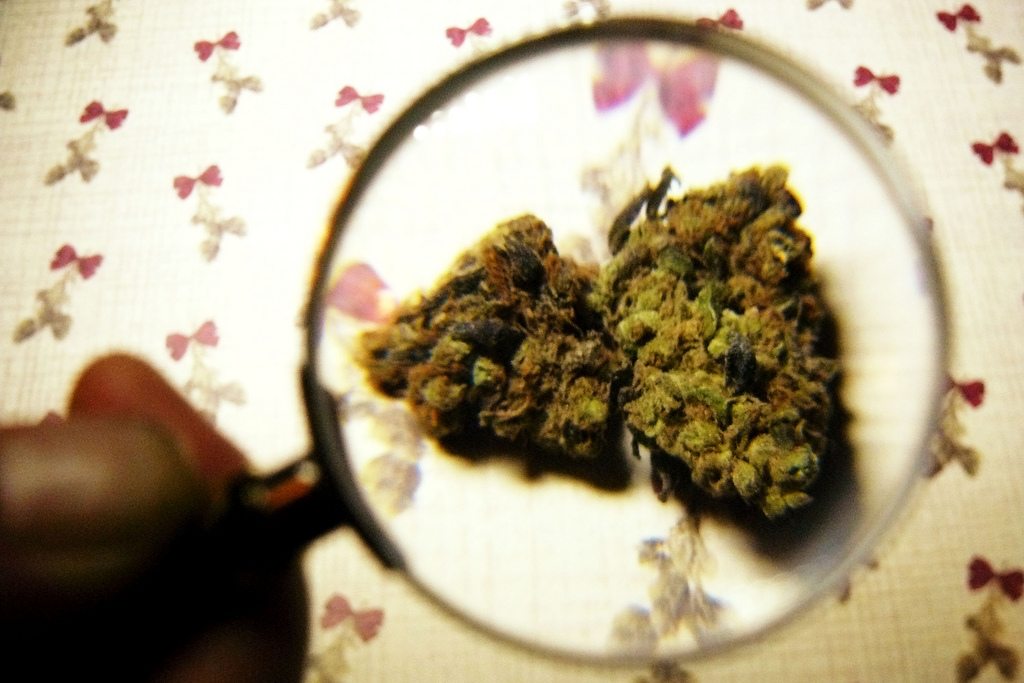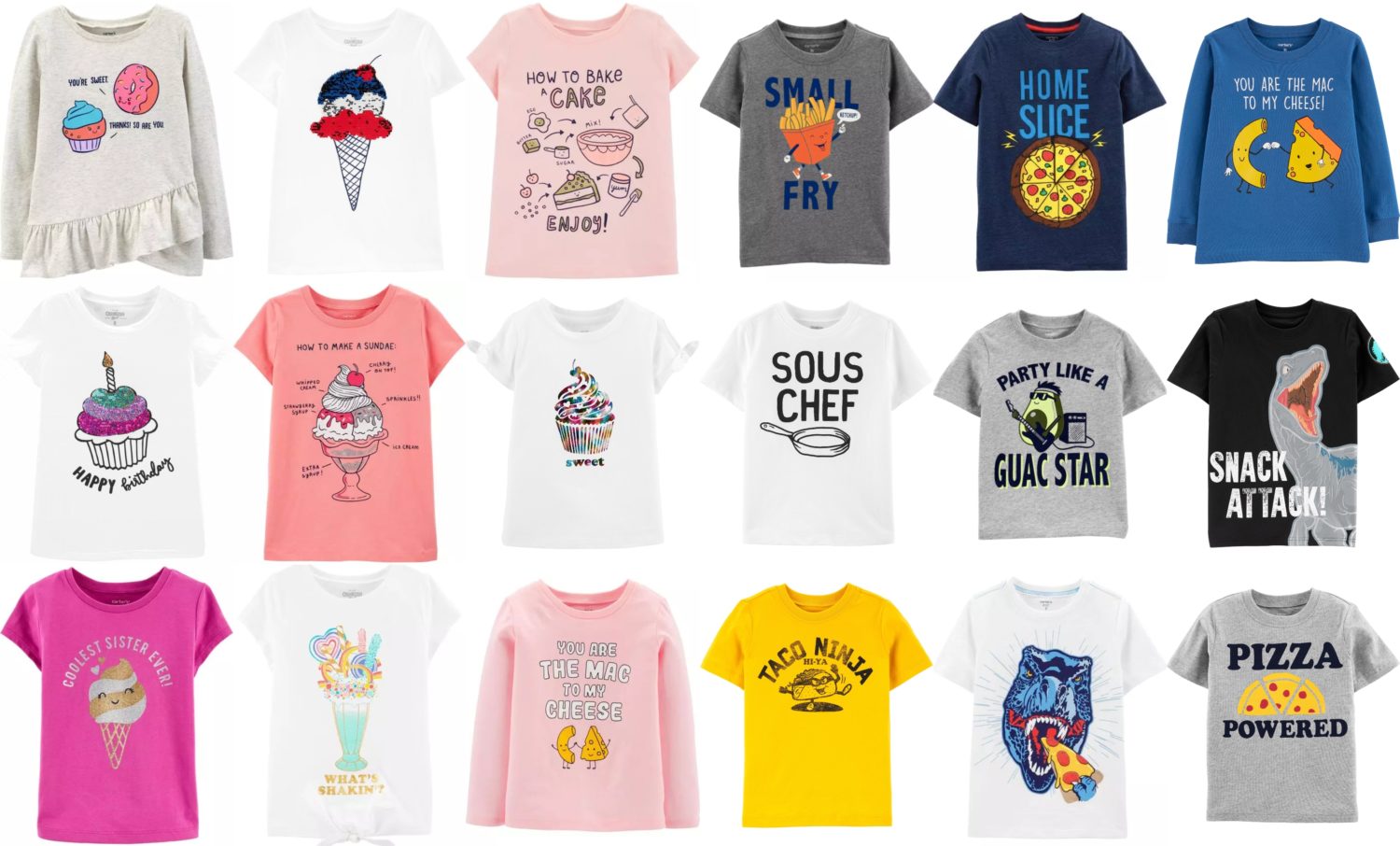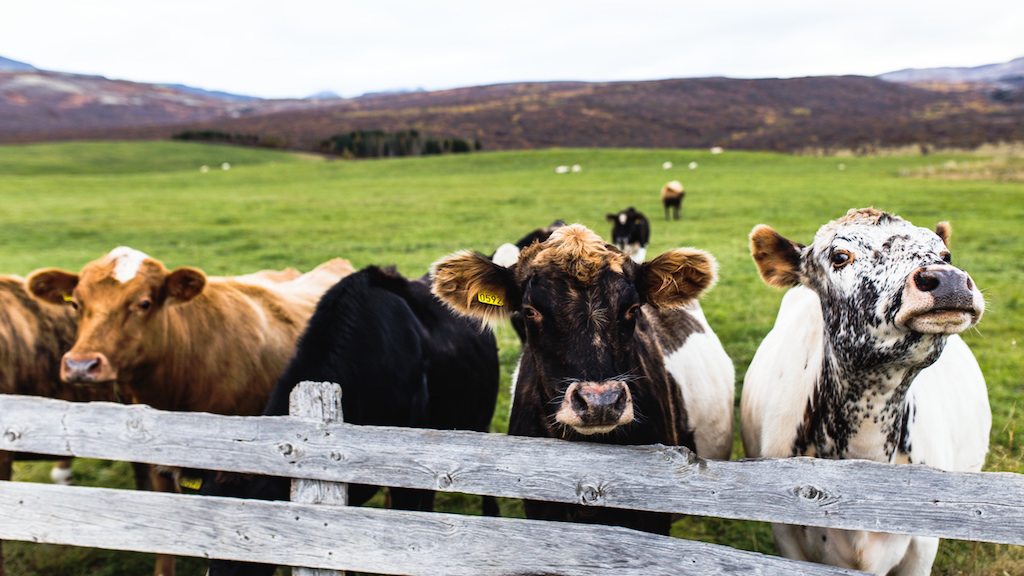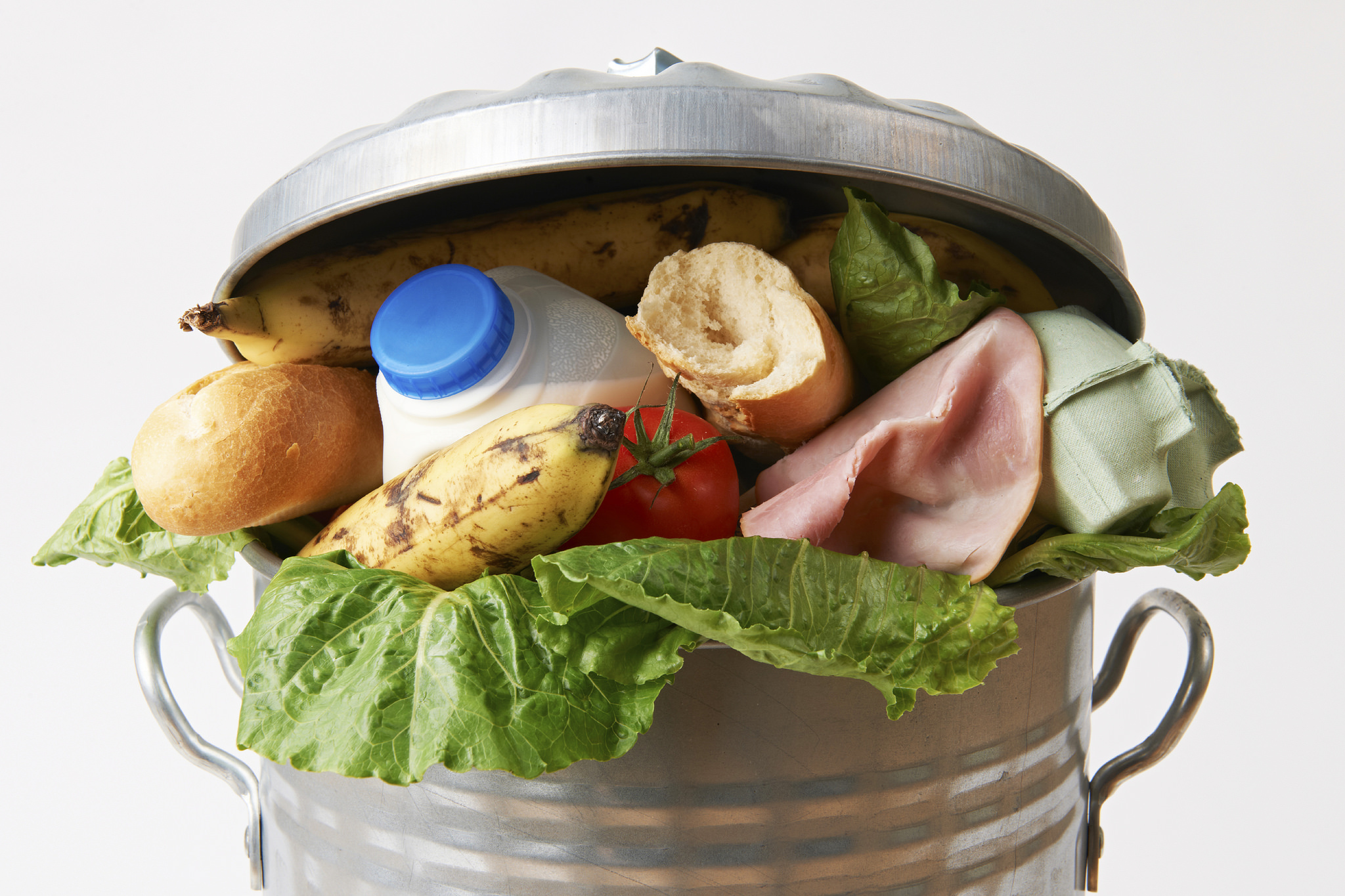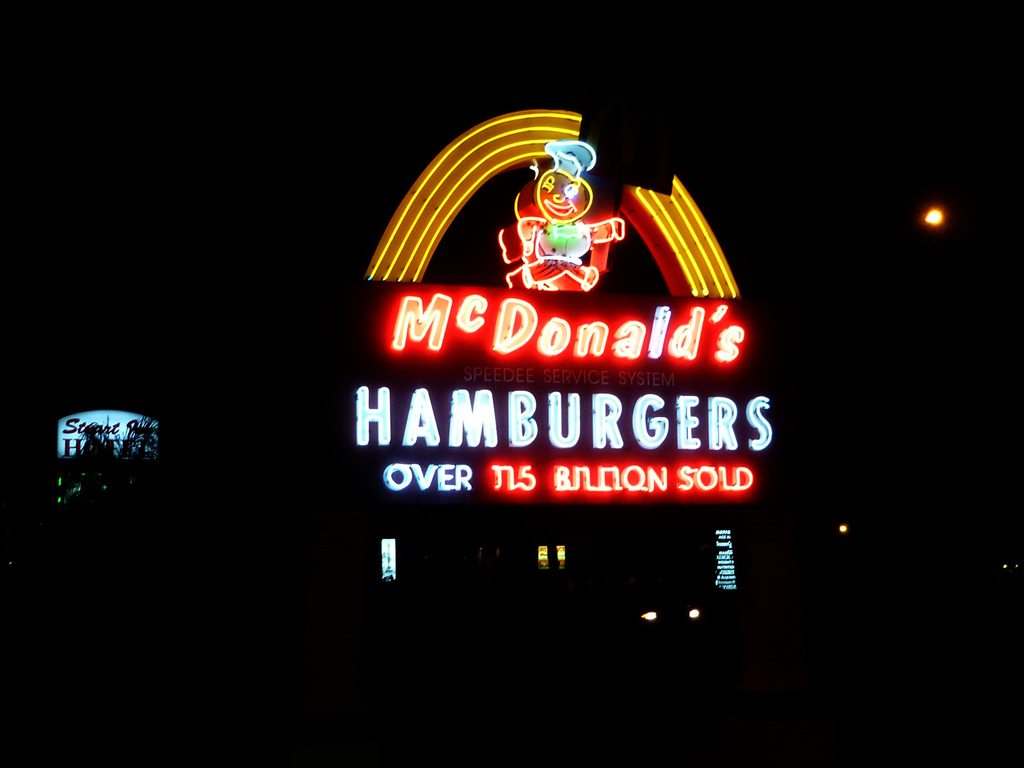You’re glowing! Here’s a homebrew hack you likely haven’t tried: One writer for Engadget used at-home gene editing technology to make his French Saison yeast glow.
Terrence O’Brien purchased a $160 all-inclusive kit from synthetic biology supply company The Odin, which launched its line of DIY gene-editing kits following a successful crowdfunding campaign in the fall of 2015, and began offering its glowing yeast kits in late 2016. The company’s founder, former NASA synthetic biologist Josiah Zayner, hopes his products will eventually make biological experimentation accessible to all curious hobbyists. “I want literally anybody to be able to do science—not just people who can afford a $100-a-month lab fee,” Zayner told Popular Science last year.
The kit uses a green fluorescent protein produced by jellyfish to train any brewing or baking yeast to glow under a blacklight. At the lab, Odin inserts the gene into a DNA plasmid (a small, circular piece of DNA) and ships it out with basic materials like petri dishes, pipettes, and gloves.
At home, O’Brien treated Saison yeast with a solution that weakened its cell walls before adding the lab-edited plasmids. “Basically, we’re tricking the yeast into thinking the DNA we introduced is its own so that it makes the Cas proteins that will cut out the parts we want to replace,” he explains. Once the yeast thinks the glowing proteins are part of its own DNA, it replicates them as it grows. O’Brien incubated his glowing yeast on petri dishes at first, then continued to feed it until he had a full liter of the stuff. Then he made beer as he normally would, hoping for a batch of bioluminescent brew.
The result? “A pale glimmer rather than a blinding glare.” But it tasted just fine.
Of course, at-home CRISPR experimentation is not uncontroversial. Concerns range from the predictable (could my eighth-grader build a Frankenstein?) to the political (can this be used for bioterrorism?) to the outright apocalyptic (what if someone makes a deadly, unstoppable pathogen?). CRISPR’s image was not helped by headlines this week about a small study that found hundreds of unwanted “off-target” DNA changes in an experimental therapy that used the technology on blind mice.
And when it comes to consuming gene-edited material, the implications are even less clear. So far, the loudest debates over genetically modified organisms in our food have been about how to label them and how to regulate them. But as Pat Clinton wrote in The New Food Economy last year, the United States Department of Agriculture (USDA) declined to regulate the non-browning CRISPR mushroom as a genetically modified organism, which may be an indication of the agency’s attitude toward gene-edited food.
Odin’s product did catch the attention of the Food and Drug Administration (FDA), which warned that the green fluorescent protein may be classified as a color additive and therefore subject to regulation. Zayner says it’s not a food coloring, and his company posted an “argument against regulation” on its website, comparing the unknowns in its altered yeast to the unknowns in a sourdough starter, which is exposed to all kinds of bacteria in fresh air.
O’Brien concluded the glowing beer was mostly a novelty, “meant to show off the power and simplicity of CRISPR.” But his headline managed to capture the undercurrent of consumer anxiety that seems to accompany anything gene-edited, even a barely-glimmering homebrew: “I bio-engineered glowing beer and it hasn’t killed me (yet).”
